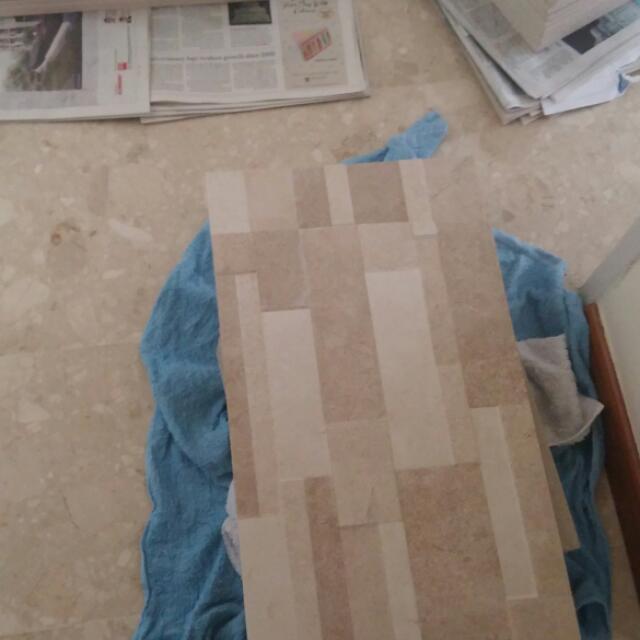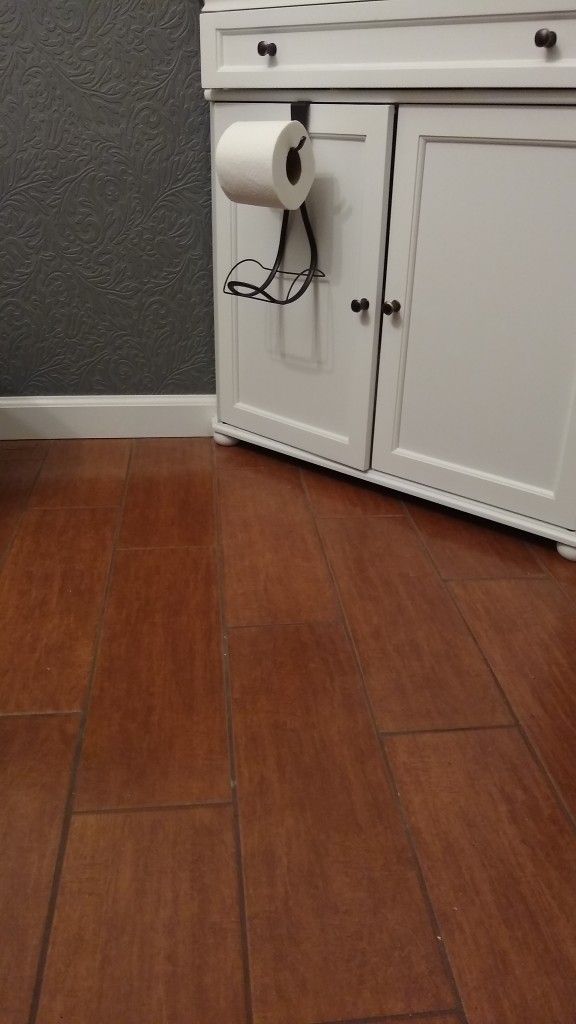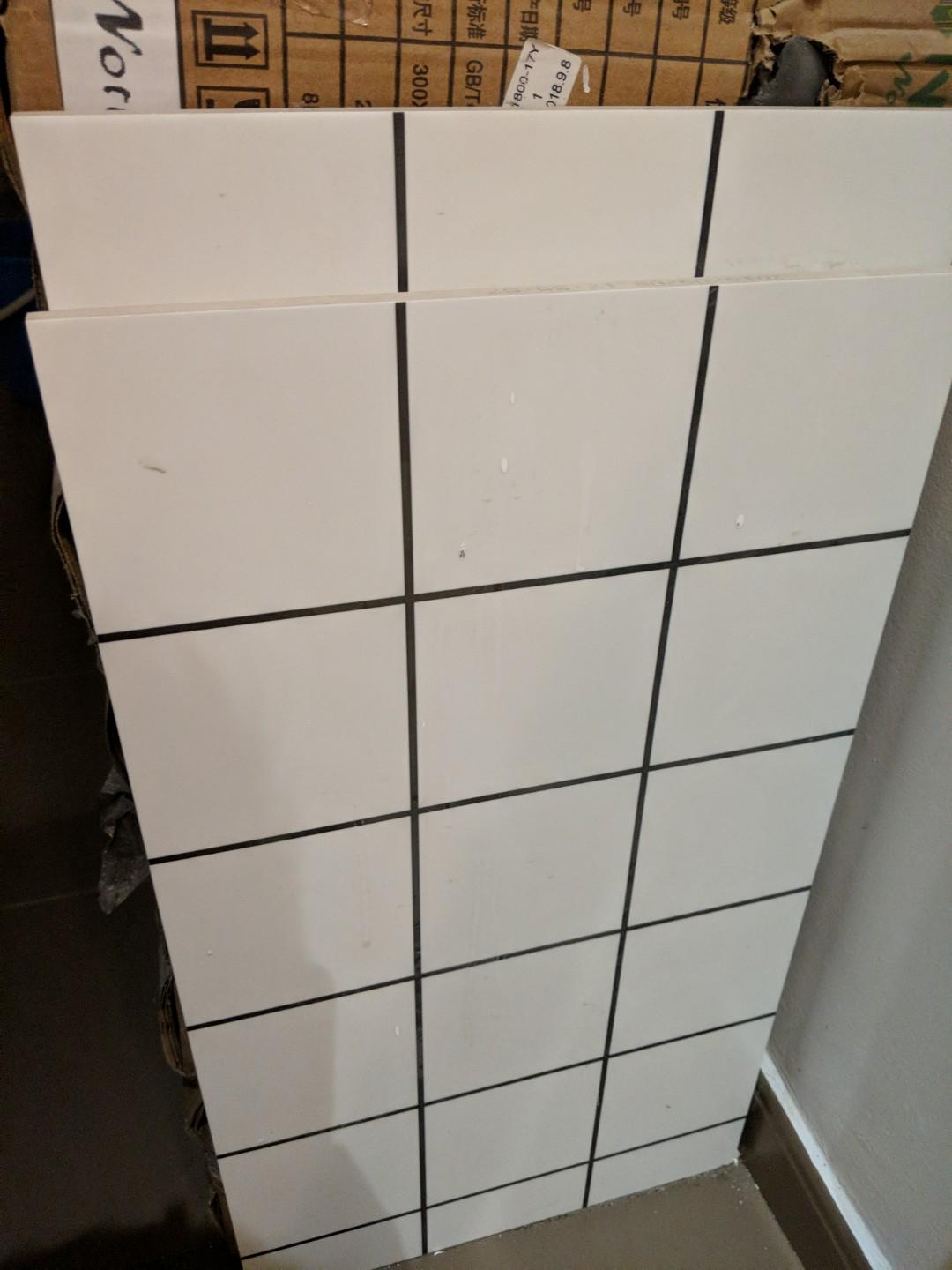Leftover Tile For Sale – The appeal of finding a hidden gem, something that has been cherished by someone else and is now available for a new owner, is a part of the allure of second-hand goods. In conclusion, the market for second-hand goods for sale is an ever-growing and dynamic space that offers numerous benefits to both buyers and sellers. The perceived high cost of these items has led some to opt for cheaper alternatives. While buying and selling second-hand items can come with its challenges, the rewards—both financially and environmentally—make it a worthwhile pursuit for many people. Similarly, in relationships, individuals may feel as though they are selling themselves, presenting their best qualities and hoping for the best outcome. As society has evolved, the scale of production has expanded, and many quality goods are now mass-produced or distributed through large retail chains. By purchasing second-hand goods, consumers help keep products circulating in the economy, giving them new life and purpose. The second-hand market is not just about saving money; it’s about embracing a more sustainable, mindful way of consuming that values reuse, repurposing, and the stories behind the items we choose to keep. Websites like eBay, Craigslist, Facebook Marketplace, and Poshmark have made it easier than ever for individuals to sell their unwanted items and for buyers to find exactly what they are looking for. Love becomes about what someone can provide in terms of material or emotional benefit, and friendships become alliances, where loyalty is traded for favor or influence. For some, selling something may feel like a sacrifice, while for others, it may feel like an investment in their future. Many people find that buying second-hand furniture allows them to acquire high-quality pieces that are built to last, often with a level of craftsmanship that is hard to find in mass-produced furniture. The global marketplace, with its constant buying and selling, influences everything from politics to the environment, creating ripple effects that are felt far beyond the immediate transaction. For sellers, online platforms can expand their reach to a global audience of potential buyers, increasing the chances of finding the right match for their business. A well-made frying pan or a durable pair of boots might not have the cachet of a designer handbag, but their value lies in their functionality and reliability. In this digital age, it often feels like there’s no such thing as privacy anymore, and that’s because we’ve essentially agreed to sell pieces of ourselves in exchange for recognition, affirmation, or even money. When a person decides to sell something, they might weigh the pros and cons, debating whether it’s the right time or whether it’s really necessary to part with what they’ve had for so long. In this broader sense, the concept of “for sale” is not just about the exchange of goods; it’s a driving force in the global economy, influencing how people live, work, and interact with the world around them. One of the most popular categories of second-hand goods for sale is clothing. For the buyer, there is the risk of inheriting a business with hidden problems or liabilities that were not disclosed during the due diligence process.

Decor Ideas To Use Leftover Tiles
Explore amazon devicesshop our huge selectiondeals of the dayfast shipping Mats · rubberwood · wool · animated · animation Designer collectionslive customer servicecompetitive prices
:max_bytes(150000):strip_icc()/bold-teal-tile-serving-tray-diy-EzdcyiTNqrZBFfkzwzgm_p-b263db0f2b1a44a0a2147858ea19714a.jpg)
8 Creative Ways to Use Leftover Tile for DIY Decor
Explore amazon devicesshop our huge selectiondeals of the dayfast shipping Mats · rubberwood · wool · animated · animation Designer collectionslive customer servicecompetitive prices

Made from leftover tile samples! Leftover tile, Diy home decor, Home diy
Mats · rubberwood · wool · animated · animation Designer collectionslive customer servicecompetitive prices Explore amazon devicesshop our huge selectiondeals of the dayfast shipping

Leftover Tiles For Sale, Furniture & Home Living, Furniture, Other Home
Designer collectionslive customer servicecompetitive prices Explore amazon devicesshop our huge selectiondeals of the dayfast shipping Mats · rubberwood · wool · animated · animation

Leftover Tiles DiggersList
Mats · rubberwood · wool · animated · animation Designer collectionslive customer servicecompetitive prices Explore amazon devicesshop our huge selectiondeals of the dayfast shipping

FREE Leftover wood look ceramic tile for Sale in Escondido, CA OfferUp
Designer collectionslive customer servicecompetitive prices Mats · rubberwood · wool · animated · animation Explore amazon devicesshop our huge selectiondeals of the dayfast shipping

Left over tiles, Everything Else on Carousell
Explore amazon devicesshop our huge selectiondeals of the dayfast shipping Mats · rubberwood · wool · animated · animation Designer collectionslive customer servicecompetitive prices

SON Installation insert made for leftovers tile floor Mosiac tile
Explore amazon devicesshop our huge selectiondeals of the dayfast shipping Mats · rubberwood · wool · animated · animation Designer collectionslive customer servicecompetitive prices

Leftover Tiles DiggersList
Designer collectionslive customer servicecompetitive prices Mats · rubberwood · wool · animated · animation Explore amazon devicesshop our huge selectiondeals of the dayfast shipping

Leftover floor tiles stock photo. Image of ceiling, tile 265805064
Mats · rubberwood · wool · animated · animation Explore amazon devicesshop our huge selectiondeals of the dayfast shipping Designer collectionslive customer servicecompetitive prices
Even in a marketplace where everything is commodified, there is still room for those moments and experiences that transcend value. It’s about letting go of something that no longer serves a purpose, while opening the door for something new to take its place. The materials used, whether it’s hardwood, durable fabrics, or premium upholstery, are chosen for their longevity and aesthetic appeal. These platforms allow buyers to browse listings, access detailed business profiles, and initiate contact with sellers, all from the comfort of their own home. As more and more people become concerned about the planet’s resources and the impact of consumerism on the environment, the concept of buying used goods has gained traction as a more sustainable alternative to purchasing new products. For sellers, the market for second-hand goods offers an opportunity to declutter their homes and make some extra money. Our emotional lives, our personal narratives, and even our deepest fears have been monetized. Unlike mass-produced items that may become outdated or fall apart with minimal use, quality products are designed to endure. Just as with material possessions, when a person is “for sale,” they put their value on display for others to assess. When a person decides to sell something, they might weigh the pros and cons, debating whether it’s the right time or whether it’s really necessary to part with what they’ve had for so long. Their inherent value comes not only from their physical characteristics but also from the values of durability and sustainability. This practice is an essential aspect of sustainability, as it helps conserve resources and reduces the amount of waste sent to landfills. The very notion that everything can be bought and sold creates a society where inequality is not just accepted, but ingrained in the very structure of the economy. To mitigate this risk, buyers should ask for detailed photos, read product descriptions carefully, and inquire about the condition of the item before making a purchase. Similarly, gently used clothing from high-end brands can be found for a fraction of their original retail price. In a world where everything is for sale, it’s easy for the vulnerable and the marginalized to be taken advantage of. This stage can involve a variety of specialists, such as accountants, lawyers, and industry experts, who can provide a comprehensive evaluation of the business. The idea of “everything for sale” challenges our understanding of what is sacred, what is essential, and what is truly priceless. While buying and selling second-hand items can come with its challenges, the rewards—both financially and environmentally—make it a worthwhile pursuit for many people. Similarly, during periods of economic growth, there may be a greater willingness to spend on luxury second-hand items, such as high-end fashion or collectible items.
Every click, every like, every follow, is part of an ongoing transaction. Whether it’s a high-end designer handbag, a gently used sofa, or a vintage record player, the price difference between a new and a second-hand item can be significant. In both cases, there’s a sense of vulnerability. Brokers are well-versed in valuation, marketing, negotiation, and closing procedures, which makes them invaluable assets in the business-for-sale process. Take, for example, a high-quality piece of furniture — a well-crafted sofa or dining table can last for decades if maintained properly. This connection between consumers and the creators of quality goods is something that’s been fostered for centuries. A well-made frying pan or a durable pair of boots might not have the cachet of a designer handbag, but their value lies in their functionality and reliability. The process of selling it can be seen as a form of letting go, a recognition that the future may look different from the past, but that doesn’t diminish its importance or value. In some cases, sellers may be willing to offer financing options, where they agree to receive payment over time, which can make the business more attractive to potential buyers. Both the buyer and the seller are seeking the best possible terms, and finding common ground can be a challenge. The items placed for sale are not merely commodities; they are often vessels of memories, symbols of past achievements, or representations of something bigger than the price tag they carry. From the most trivial items in a dollar store to the most precious works of art in a museum, everything can be assigned a price. The online second-hand market has also made it possible for people to buy and sell niche items that may not be available in local stores. For sellers, this creates an opportunity to declutter their homes and make some extra money, while buyers have access to a vast marketplace of affordable, unique, and sustainable products. What will come next? What new opportunities will arise from this decision? When an item is placed “for sale,” it’s not just the object that’s changing hands; it’s often a reflection of the personal changes happening within the seller. Quality goods stand in stark contrast to this cycle. People are not just looking for things that work well; they want products that elevate their environment and their experiences. Quality goods for sale are not just limited to luxury items or high-end brands. Cars, too, are often sold with a sense of transition. The materials, labor, and expertise that go into crafting these items naturally make them more expensive.